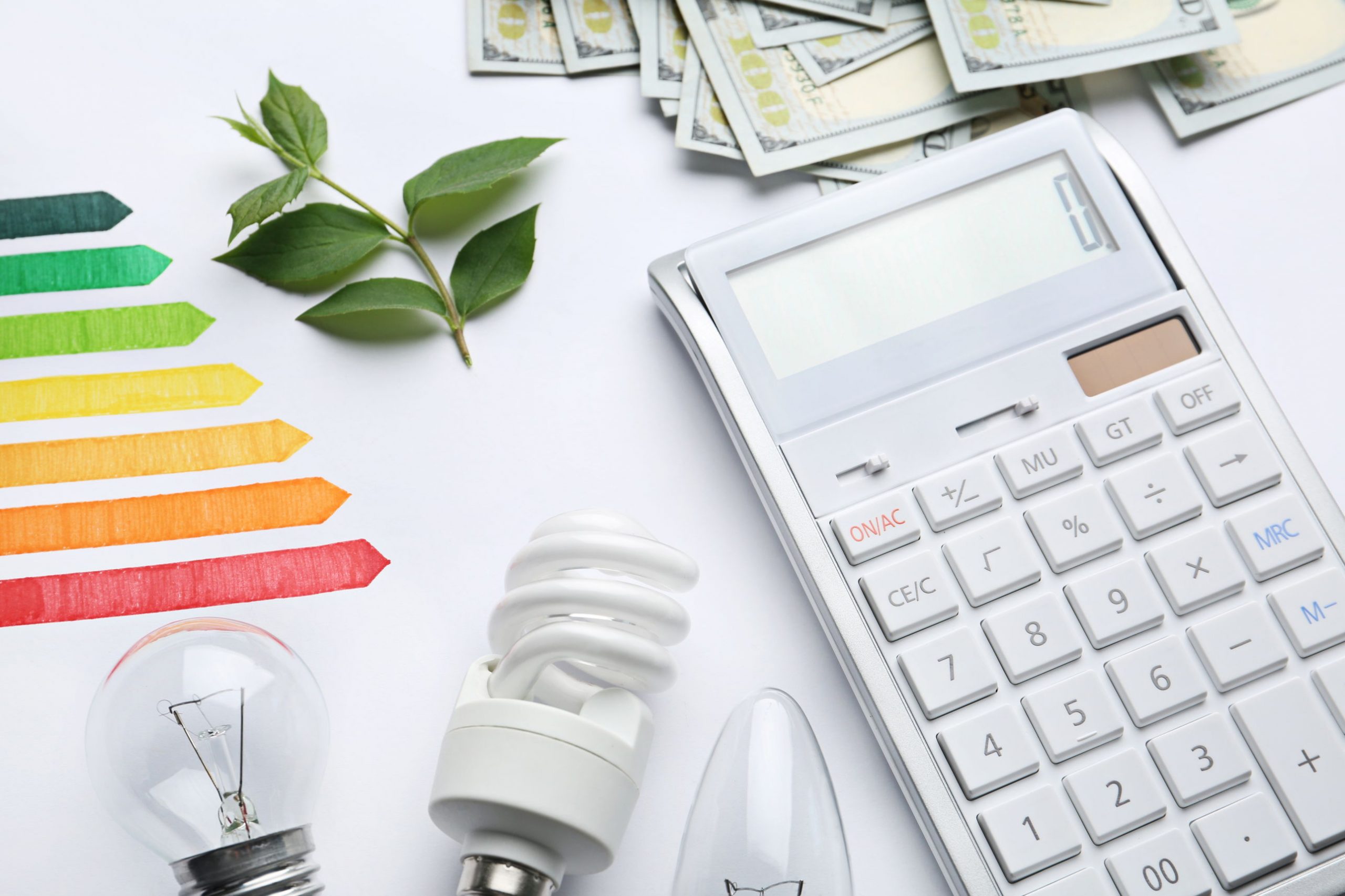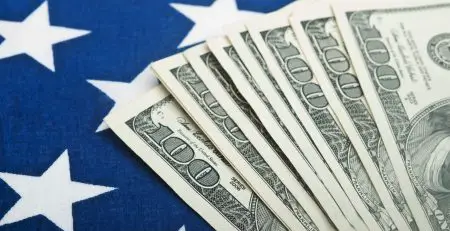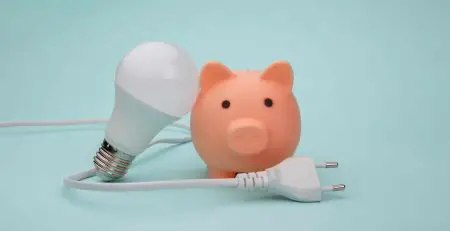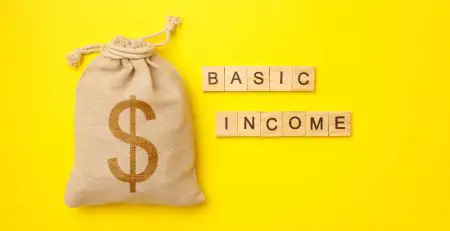Owning a home comes with a lot of costs, starting with financing your home itself. Going through years of mortgage payments can put a serious hole in a person’s pocket on a monthly basis. There are also other costs that one has to consider when owning a house, such as maintenance and utility bills. All these bills add up to a pretty hefty sum at the end of each period. While the economy is working on getting back on track, many people are finding it hard to keep up with all their bills. One must think that expenses don’t limit themselves to one thing, such as a house, but can also include other necessities in life, such as education and healthcare.
That’s why the federal government is constantly working on financial assistance programs that would help Americans stay financially afloat. Some of these programs will help beneficiaries pay for their new houses, others will help finance their maintenance. However, this article is focused on one thing, utility bills. This type of bill can be pretty costly on a monthly basis, especially when it comes to energy bills. Your energy use can vary a lot depending on different factors. Among the many factors involved are the weather, the size of your home, the number of members in the house, and their daily energy usage. That’s why a clear understanding of your energy bill is quite important. It may help you find hardware solutions that can help lower them, or you can find ways to change your energy usage habits.
Meet The Low-Income Housing Energy Assistance Program (LIHEAP)
We talked about how the government can help us out with paying utility bills. The Low-Income Housing Energy Assistance Program (LIHEAP) aims to help low-income families and individuals pay their energy bills. This program comes as a response to the risk of unsafe cooling and heating use. As goes with a lot of government assistance programs, this one is funded by the federal government. However, state governments decide the extent of benefits gotten from the Low-Income Housing Energy Assistance Program (LIHEAP). State governments may also require different qualifications to attain these benefits. There’s also a limited list of criteria in which the government will help Americans with their bills.
While help through the Low-Income Housing Energy Assistance Program (LIHEAP) can differ from one state to another, you can generally expect help with bills when it comes to the following:
- Cooling and heating energy expenses.
- Utility bill assistance for low-income households.
- Home repairs and energy-related repairs
- Emergency support for energy-related practices
Many states will provide assistance with energy-related home repairs, which can include home weatherization. The reason why states will offer such services is to help low-income families decrease their recurring energy-related expenses. The Low-Income Housing Energy Assistance Program (LIHEAP) will usually focus on just energy-related repairs, not any repairs that have to do with water or sewage. However, there are some exceptions to the rule. For example, if you use water for your air conditioning, you could probably use the Low-Income Housing Energy Assistance Program (LIHEAP) for it.
Applying For Low-Income Housing Energy Assistance Program (LIHEAP)
One thing that happens often enough to discourage people from applying for government assistance programs is not knowing where to start and who to call. When it comes to government assistance programs, such as the Low-Income Housing Energy Assistance Program (LIHEAP), it’s really important to know whether you’re eligible or not. A lot of the government assistance programs out there sound really tempting to most, but they’re pointless if you don’t qualify. So, we’ll go over eligibility for the program, as well as the application process, so you can’t avoid losing any time or effort unnecessarily.
Eligibility for Low-Income Housing Energy Assistance Program (LIHEAP)
According to Benefits.gov, “to be eligible for this benefit program, you must need financial assistance with home energy costs.” Which is another way of saying that you need to be strapped for cash to apply for it. This makes total sense since the whole idea is to help low-income individuals and families.
When it comes to calculating what it means to be low-income enough to qualify for Low-Income Housing Energy Assistance Program, one must look at their household size. The math starts with a household of one person, and they must earn no more than $20,385 per year. That’s before tax. After that, you should add $7,080 for every additional person you have in the household. So for a household of 2 persons, it will be $20,385 + $7,080, which is $27,465. A household of three should make no more than $34,545. And so on.
Additionally, you may be eligible by default if you or any of your family members participate in certain financial assistance programs. Benefits.gov shows Supplemental Nutrition Assistance Program (SNAP), Supplemental Security Income (SSI), and Temporary Assistance for Needy Families (TANF) as examples. However, you should definitely ask your local Low-Income Housing Energy Assistance Program office if there are any others that would qualify you.
The Process Of Applying For the Low-Income Housing Energy Assistance Program (LIHEAP)
A lot of people get frustrated whenever it’s time to start any applications. What can cause some a bit of confusion is when it’s time to fill in forms and hand in documents. Thankfully for those who are computer-savvy or prefer doing things in person, the application for LIHEAP is done by contacting an office first. Your local Low-Income Housing Energy Assistance Program office is your best source for information on the program. Since there are no street signs that say “Low-Income Housing Energy Assistance Program (LIHEAP) this way” you’ll need to find it on a map. Fortunately, the US Department of Health and Human Services has your back. They created an office locator function to quickly find your nearest one. These LIHEAP offices are where you should go to ask any related questions and to start applying for the program.
For those wanting to apply online, you can still do that. However, you’ll still need to keep in close contact with your local LIHEAP office throughout the process. Another option for contacting Low-income Housing Energy Assistance Program offices is to call the toll-free number: 1-866-674-6327.
It’s important to remember that each state operates the program in its own way. That means there can be differences in qualifications required by different states. That’s why you shouldn’t just take your friend for it. It’s always better to confirm any and all information with your local LIHEAP office.
You can also contact your local National Energy Assistance Referral (NEAR) project. NEAR is a free-of-charge service provided by the government. The idea is to provide a source from which you can get information on LIHEAP. You can send an email to [email protected].
So, How Does The Low-Income Housing Energy Assistance Program (LIHEAP) Work Exactly?
As we discussed above, the Low-Income Housing Energy Assistance Program is a federally-funded program. The program focuses on providing financial assistance for low-income families to pay for their energy expenses. That’s of course if these families are eligible to receive the program’s benefits. If they are, they may receive a one-time fund to help out with energy assistance. As we mentioned above, they can also help with energy-related repairs, to help cut down your use and expenses. If you find yourself wondering “how much do I get? How do I receive the money?” and other questions, just contact the offices we mentioned above. Whether that would be your local LIHEAP office or your closest NEAR office. Getting information directly from the government will always be most reliable in a case like this.
The Government Can Also Help You Repair Things Around The House
Anyone who has ever owned a house or lived in one for long enough will know that maintenance and repairs are an everlasting chore. You don’t really need to break things around the house for them to be broken. Factors such as weather, as well as the passage of time, take a toll on materials used around the house. There can also be more extreme circumstances, such as natural disasters that would cause damage to your home. Also, anyone who has hired contractors to fix their homes will know how hefty such a bill can be. That’s why there are several low-interest loans offered by the government to help people afford such a thing. Each loan program requires a different set of qualifications. Each program will also provide a different variant of loans.
We’ll take a look at a few of the available low-interest loan programs offered by the government. But, in all situations, you should probably refer back to Benefits.gov. The website will show you all of the available government assistance programs. It will also help you filter them according to your eligibility.
Veterans Affairs (VA) Loan
Veteran Affairs is a Federal department that focuses on the well-being of military veterans. This loan program is a prime example of the services provided by VA. This loan is a lifelong benefit that veterans and their spouses can use at any point in their lives. The way it works is basically that the government will guarantee loans for veterans. Veterans then can apply for loans from private lenders, such as banks. With the government guaranteeing the loan, it’s less likely to get disapproved of. Veteran Affairs won’t require any down payments. VA also charges very low-interest rates. Veterans can use these loans to buy, build, repair, retain, or adapt a home.
Farm Labor Housing Loans
Think of all the vegetables, meats, fruits, and other food products. They all share a common place that they all come from, farms. To keep the farms running and Americans fed, the government needs to take care of its local farmers. That’s why the government created this loan program to help out farm laborers. If eligible, farmers may use this loan to buy, build, improve and repair housing. This loan program also comes with a couple of really cool features. First, the loan will come with a 33-year payback period. That gives farm laborers a lot of time to pay back the money for their homes. Second, the loan comes with a fixed 1% interest rate, which is probably better than any loan from a private lender out there. You should look into the following eligibility criteria before applying:
- Domestic farm laborers, including those working on fish and oyster farms and on-farm processing (1)
- Retired and/or disabled farm laborers
- Must be a U.S. citizen or permanent resident
- Very-low- to moderate-income households
Section 504 Home Repair program
Also known as Single-Family Housing Repair Loans, this loan aims to help finance very low-income homeowners. The idea is to help them pay for any necessary repairs and maintenance around their homes. Eligible homeowners may also use the loan to improve and modernize their homes. Eligible applicants can receive up to $40,000 as a loan. The government expects payback within 20 years. There’s also a fixed 1% interest on these loans. There’s obviously a specific list of criteria to qualify for this loan, and it goes as follows:
- Be the homeowner and occupy the house
- Be unable to obtain affordable credit elsewhere
- Have a household income that does not exceed the very low limit by county.
Elderly folks above the age of 62 may also apply for a grant under this program. These grants can go up to $10,000. However, these elderly applicants must prove that they’re unable to pay back a repair loan. These grants can be used towards removing health and safety hazards.
To Wrap Things Up
Owning a home can be pretty costly with the ongoing monthly expenses. Sometimes low-income families and individuals will need help paying their utility bills, in other cases, they might need help paying for repairs. That’s why it’s always a good idea to check if there’s a government assistance program that’d work for you.











